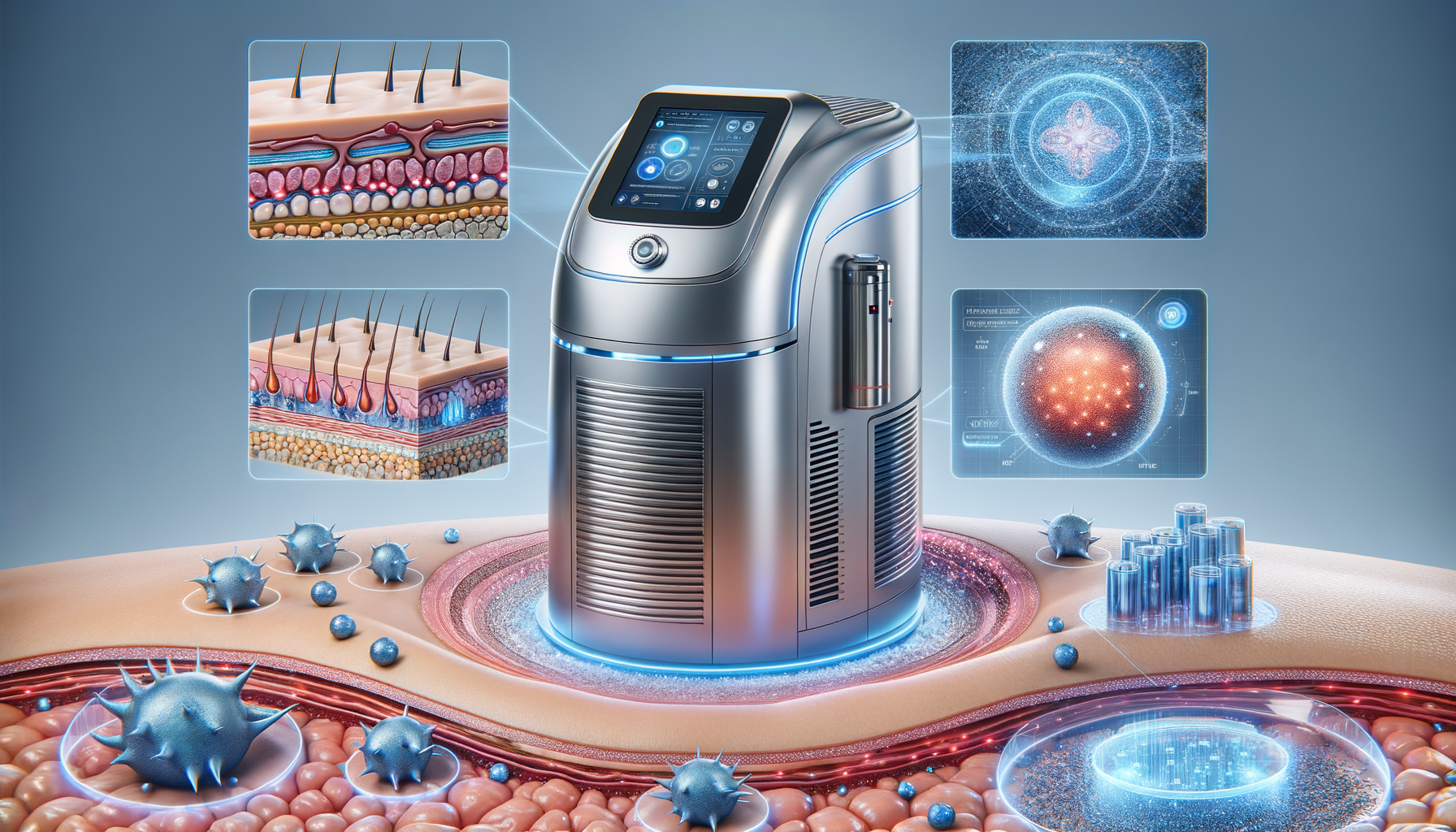Cryolipolysis: The Science and Benefits of Fat-Freezing Technology
Cryolipolysis is a non-invasive procedure that targets and reduces localized fat deposits by cooling them to a temperature that triggers the body’s natural fat elimination process, making it a popular choice for body contouring.

Understanding Cryolipolysis: The Basics
Cryolipolysis, often referred to as “fat-freezing,” is a revolutionary non-invasive cosmetic procedure that targets and reduces stubborn fat deposits in specific areas of the body. This procedure works by cooling fat cells to a temperature that induces apoptosis, or cell death, without damaging the surrounding tissues. The dead fat cells are then naturally processed and eliminated by the body’s lymphatic system over time. Cryolipolysis was first approved by health authorities in the early 2010s and has since gained popularity due to its effectiveness and minimal recovery time. Unlike traditional liposuction, cryolipolysis does not require incisions or anesthesia, making it a safer alternative for those seeking body contouring solutions.
The Science Behind Cryolipolysis
The science of cryolipolysis is rooted in the principle that fat cells are more susceptible to cold temperatures than other types of cells. During a cryolipolysis session, an applicator is placed on the target area, delivering controlled cooling to the underlying fat cells. This cooling process crystallizes the fat cells, leading to their gradual breakdown and removal. Studies have shown that cryolipolysis can reduce fat in treated areas by approximately 20-25%. The procedure is particularly effective for areas like the abdomen, flanks, thighs, and upper arms. It is important to note that cryolipolysis is not a weight-loss solution but rather a body contouring treatment designed to address localized fat deposits that are resistant to diet and exercise.
Benefits and Considerations
Cryolipolysis offers numerous benefits that make it an attractive option for individuals seeking non-surgical fat reduction. Some of these benefits include:
- Non-invasive and requires no downtime, allowing patients to resume normal activities immediately after treatment.
- Minimal side effects, with most patients experiencing only mild redness, swelling, or numbness in the treated area.
- Long-lasting results, as the treated fat cells are permanently removed from the body.
However, there are considerations to keep in mind. Cryolipolysis is not suitable for individuals with certain medical conditions, such as cryoglobulinemia or cold agglutinin disease. Additionally, results can vary based on individual factors such as body composition and lifestyle. It is crucial for individuals to consult with a qualified healthcare provider to determine if cryolipolysis is the right choice for their body contouring goals.
Comparing Cryolipolysis to Other Fat Reduction Methods
When considering fat reduction options, it’s important to compare cryolipolysis with other available methods. Traditional liposuction, for example, is a surgical procedure that involves the physical removal of fat through suction. While effective, liposuction requires anesthesia, incisions, and a longer recovery period. On the other hand, non-invasive options like laser lipolysis and radiofrequency treatments use heat to destroy fat cells, which can be less comfortable for some patients. Cryolipolysis stands out due to its unique cooling mechanism, which many patients find more tolerable. Additionally, cryolipolysis sessions are relatively quick, typically lasting about one hour per treatment area, making it a convenient option for those with busy schedules.
What to Expect During and After Treatment
Understanding what to expect during and after a cryolipolysis treatment can help patients prepare for the procedure. During the session, patients may feel an initial cold sensation followed by numbness in the treated area. The applicator uses a vacuum to draw the tissue into the cooling panels, and patients can relax, read, or even nap during the treatment. After the session, it is common to experience temporary redness, swelling, or firmness in the treated area, but these effects typically resolve within a few days. Results can be seen as early as three weeks post-treatment, with the most dramatic changes occurring after two to three months. Patients are encouraged to maintain a healthy lifestyle to enhance and sustain their results.